Mercedes EQS interior looks like the EV of the future — it's all about the Hyperscreen
Mercedes EQS is an EV with a Star Trek-like display and super aerodynamic design
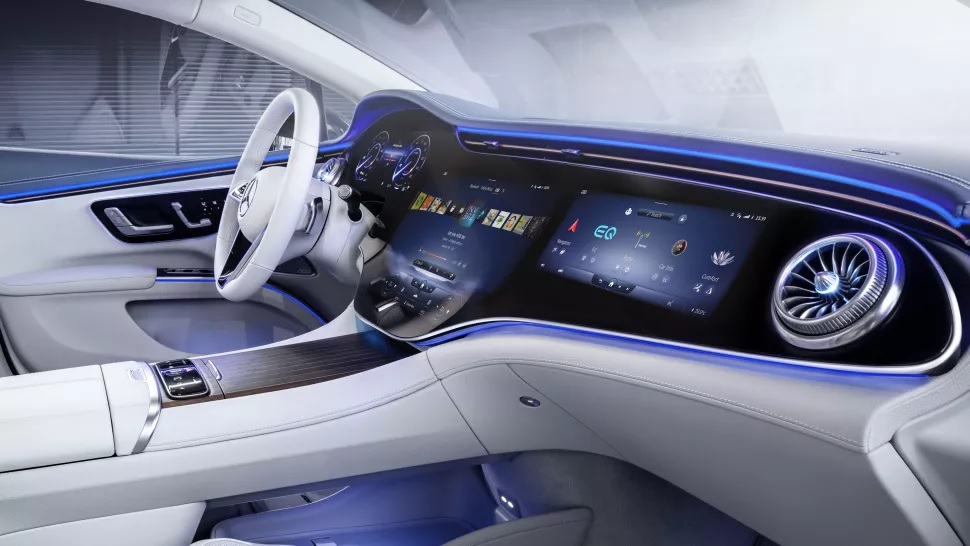
The line between next-generation tech and cars is becoming increasingly blurred, especially in the case of the Mercedes EQS electric car, which has a huge sci-fi interior display.
Set to launch this August, the new Mercedes EQS sedan already promises to be one of the most aerodynamic production cars ever, but its Hyperscreen looks to be the killer feature for a vehicle that looks to crack our best electric cars list.
- The Nissan Ariya looks like the slickest EV yet
- Everything we know so far about the Apple Car
Looking a bit like something from Star Trek Discovery, the 56-inch Hyperscreen stretches from the driver’s dashboard all the way across the passenger’s side, effectively blending three displays into one.
There's one 12.3-inch, 2400 x 900 digital instrument cluster for the driver, another for the passenger, and a 17.7-inch ‘co-driver' display, which shows mapping information by default for driver and passenger to both peruse.
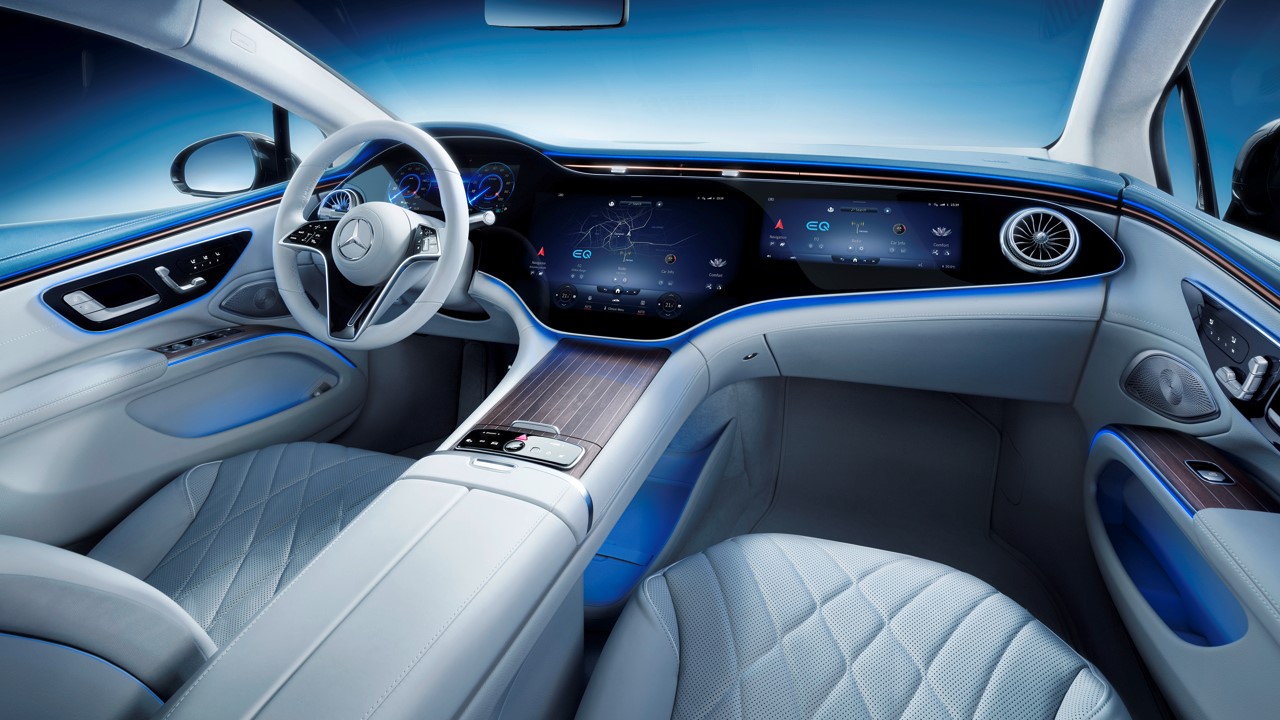
We’ve seen Mercedes cars with large displays before, with Merc’s MBUX infotainment platform providing a large screen that effectively incorporated the dashboard with an infotainment display.
That has the effect of looking a little neater than some separate infotainment displays we’ve seen in current cars that can look like someone glued an iPad above an instrument cluster. It can also serve the driver up with more information than ever, providing traditional speed and rev counter readouts on the dashboard section and live camera feed of the road ahead with superimposed navigation instructions.
Going by the new images of EQS’ cabin, we can see the Hyperscreen looks to drastically expand upon the MBUX platform.
Sign up to get the BEST of Tom's Guide direct to your inbox.
Get instant access to breaking news, the hottest reviews, great deals and helpful tips.
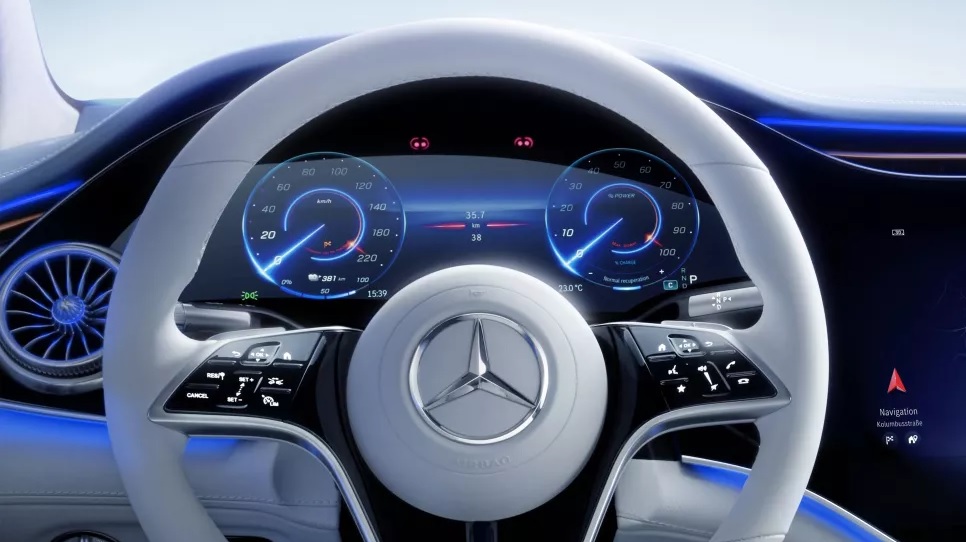
First seen at CES 2021, the Hyperscreen will provide information ranging from driver-centric readouts to a variety of entertainment, connectivity and even social media content. Of course, such information can already be displayed in cars with two digital displays, but a single seamless panel made up of pOLED displays looks neater and can also allow the screens to better interact with each other.
One idea here is the Hyperscreen can also serve up information to the passenger, who can act as a form of co-driver being able to tweak in-cabin settings or feedback navigation instruction to the driver, thereby minimizing the need for them to glance away from the road to check GPS readouts.
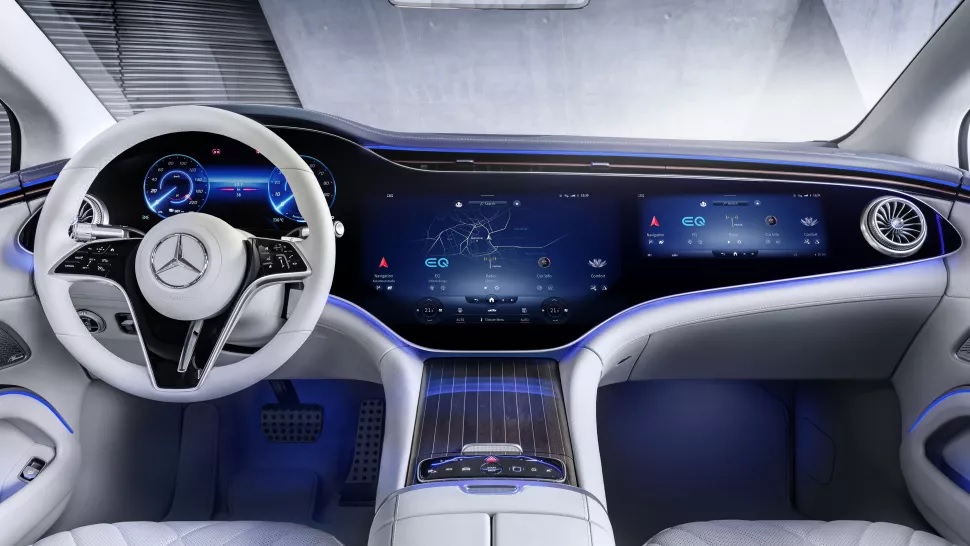
It looks like a lot of the infotainment controls will be integrated into the touchscreens. We’ve driven a few cars that have eschewed physical buttons for digital controls and have found they can be a little fiddly to adjust on the fly. Though Audi’s MMI infotainment systems provide neat haptic feedback to make this a little easier.
And the Hyperscreen is also set to get haptic feedback, as well as some AI tech to help it intelligently serve up information and features to the driver and passenger.
Such smart tech could make for less scrolling and digging into sub-menus when driving along, thereby minimizing driver distraction and frustration at not finding the right settings on-the-fly.
On top of all this, support for Apple CarPlay and Android Auto is expected. And there’ll be the ability to have soundscapes that are automatically tuned to the way the car is being driven; when driving along through urban areas at a sedate pace, the simulated driving sound will be kept to a minimum.
But when the driver puts their foot down more simulated sound will fill the cabin to give a better sense of driving feedback, something the quiet nature of eclectic cars lack compared to their internal combustion engine counterparts.
Mercedes EQS range, speed and aerodynamics
Speaking of performance, Mercedes has now confirmed that the EQS will offer a range of up to 478 miles. It's also expected to have fast-charging tech which will yield 180 miles of range in 15 minutes, and a top speed of 130 mph delivered through a rear or all-wheel-drive system.
One advantage the EQS will have over other EVs is its drag coefficient of 0.20. That means it’s set to be the most aerodynamic car to be put onto full-scale production. Less drag makes for a faster car and a more efficient EV.
How these aerodynamics will influence the EQS’ design has yet to be fully seen, There have been a series of ‘spy shots’ revealing the car's coverall profile but with camouflage that has obscured the details. Mercedes has shown off a dark profile image of the car, though that has also obscured key design details.
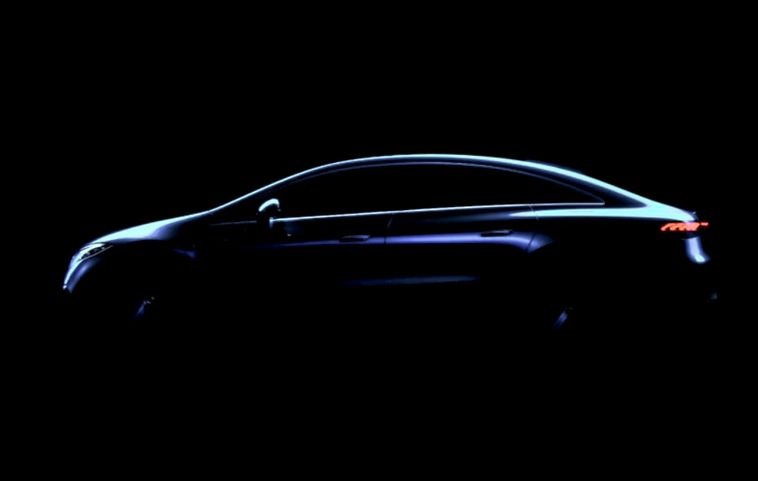
From what we can gather it looks like the three-box design of the current S-Class and C-Class has been avoided. But the EQS isn’t going for a hybrid sedan-cope crossover either. Rather, it’s going for a form of bow shape where, from a profile perspective, the front smoothly raises to the car's center only to dip back inwards towards its rear.
In short, the EQS looks to have a design that nods towards the S-Class and CLS coupe but cuts its own distinct profile.
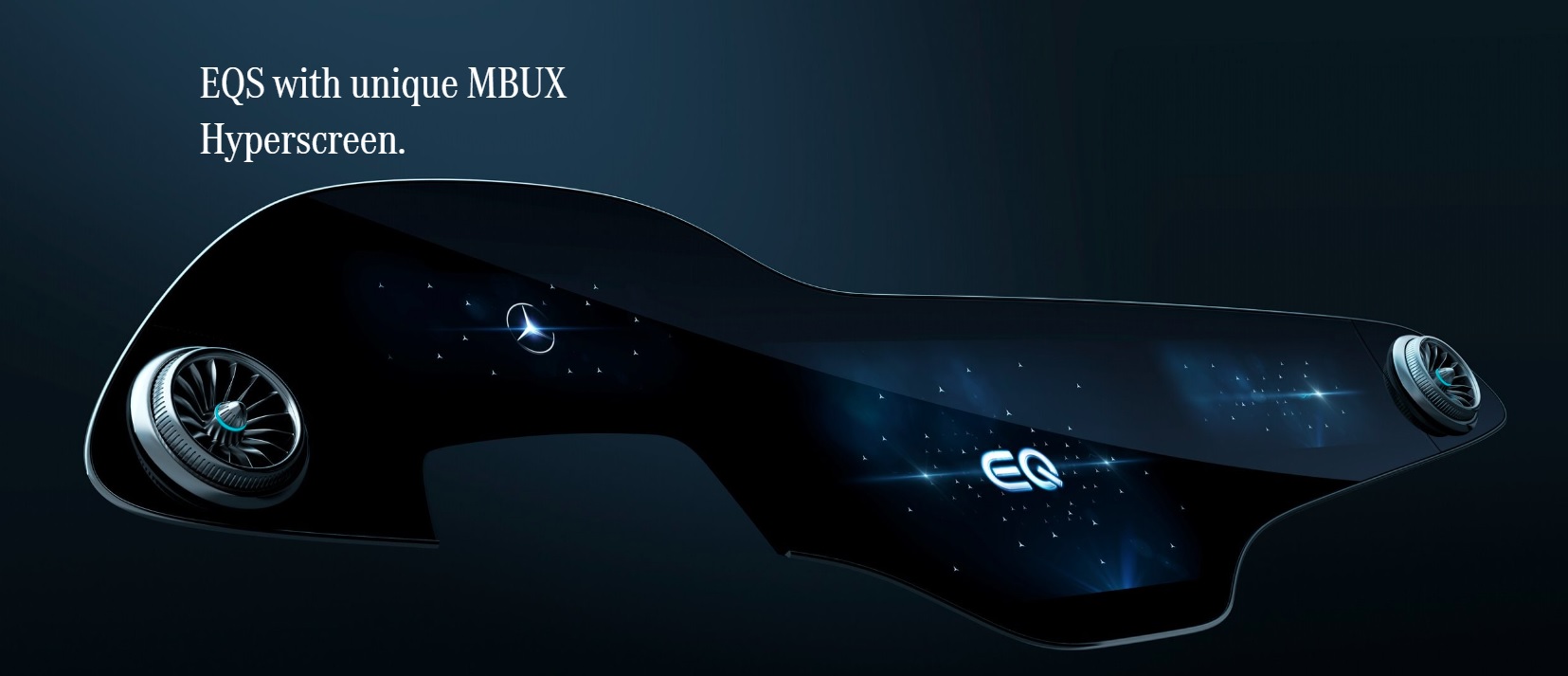
All this tech coupled with an aerodynamic design and a solid range means the EQS isn't likely to come cheap. Mercedes hasn’t detailed how much the eclectic sedan will cost. We’ll have to wait and see what pricing the car maker settles on once the EQS becomes available later on in the year.
Roland Moore-Colyer a Managing Editor at Tom’s Guide with a focus on news, features and opinion articles. He often writes about gaming, phones, laptops and other bits of hardware; he’s also got an interest in cars. When not at his desk Roland can be found wandering around London, often with a look of curiosity on his face.

